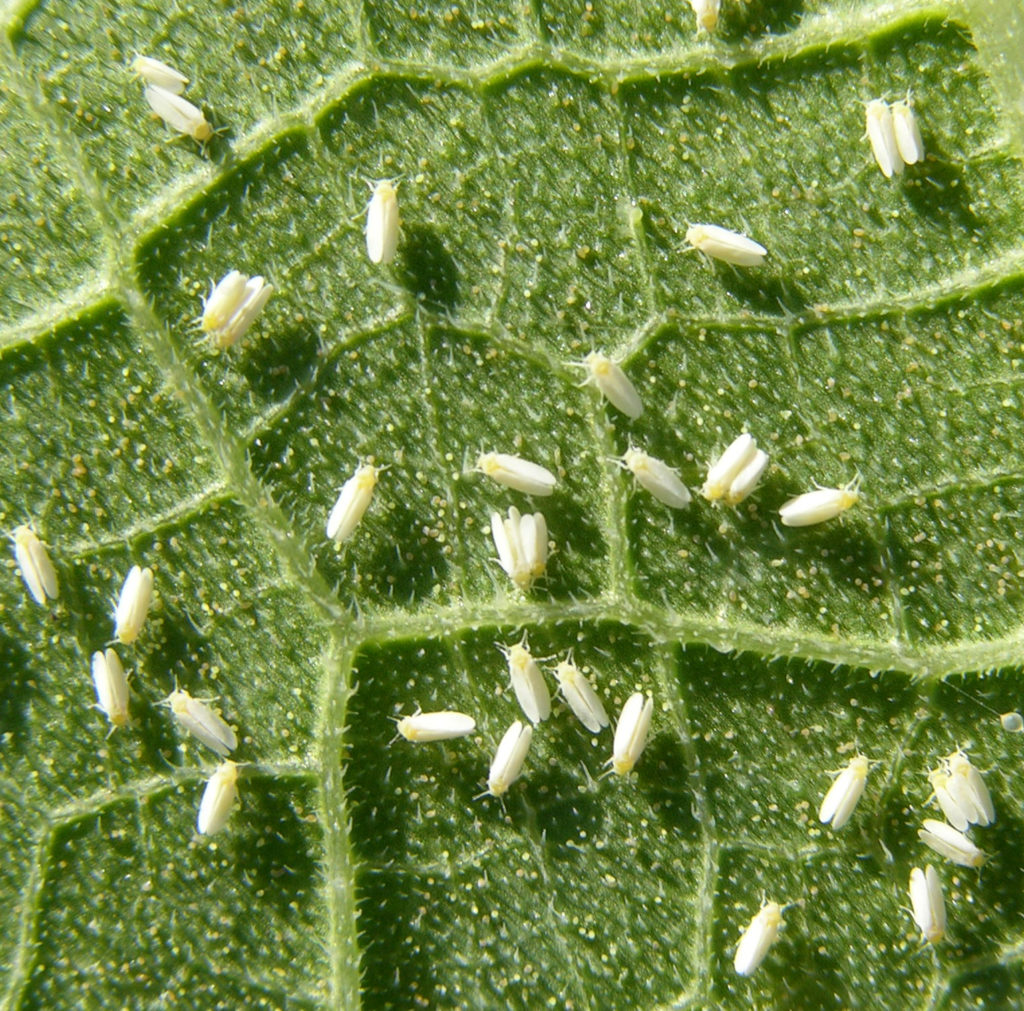By Clint Thompson
The inevitable has finally happened in the Southeast; whitefly populations are on the rise. It was bound to happen considering the prolonged hot and dry weather conditions being experienced across the region.

“I think it’s still probably localized, but yeah, there are some fields, if you start getting squash coming up, it just pulls them in like a magnet,” said Stormy Sparks, University of Georgia (UGA) Cooperative Extension vegetable entomologist. “I’ve got squash plants where I haven’t sprayed, and there’s 100 per leaf.
“(Numbers are worse) in particular, when it gets hot and dry; it’s that time of year.”
Temperatures approached 100 degrees Fahrenheit across parts of Georgia and Alabama this week with very little rain in the forecast. The increase in whitefly pressure is not good news for vegetable producers trying to produce a fall crop.
Sparks emphasized that growers need weather conditions to change drastically to help whitefly numbers to decrease.
“A lot of it will depend on what happens with weather and how widespread it is right now. I don’t think it is like it is in bad years but with it being hot and dry and we go through another week of it, they’re going to do a really good job of reproducing,” Sparks said. “Just cooling off at night helps a lot, because it really stretches out the life cycle. We’re probably a month to six weeks away from that, unfortunately.”
Whiteflies migrate from winter vegetables to spring vegetables to agronomic crops, like cotton, to fall vegetables and back to winter vegetables. The buildup of whiteflies is concerning since they can cause feeding injury issues in vegetables and transmit multiple viruses. These include cucurbit leaf crumple virus, cucurbit yellow stunting disorder virus, cucurbit chlorotic yellow virus, squash vein yellowing virus and tomato yellow leaf curl virus.
Vegetables like squash, zucchini, cucumber, cantaloupe and snap beans are highly susceptible to these viruses. Southeast specialty crop farmers grow cole crops, like broccoli, kale and cabbage, from September through May.









